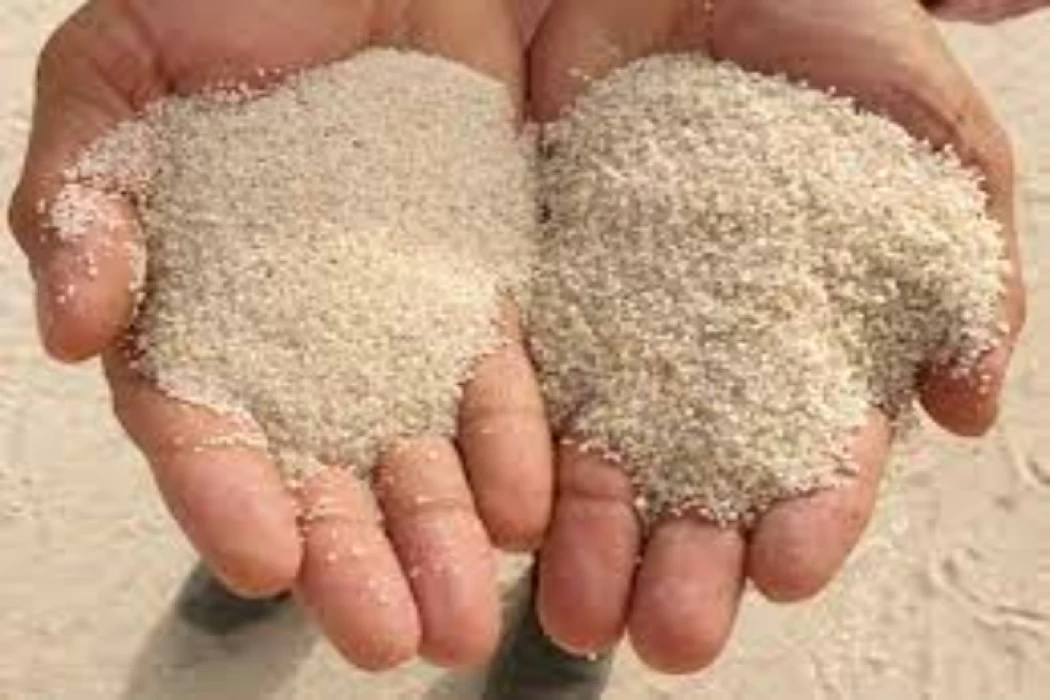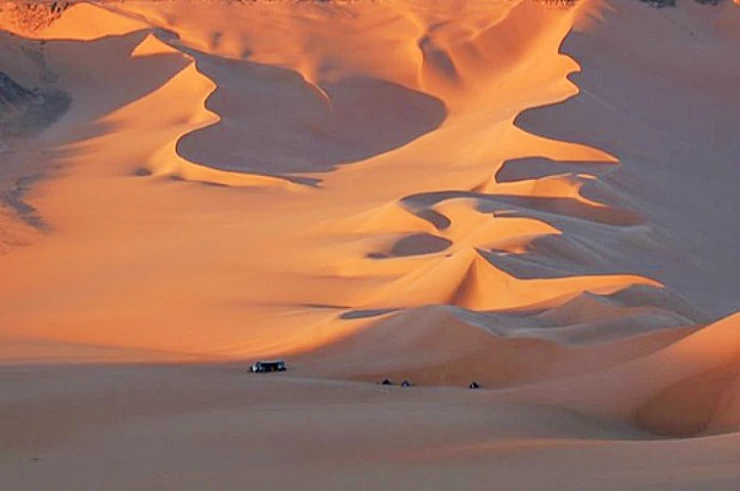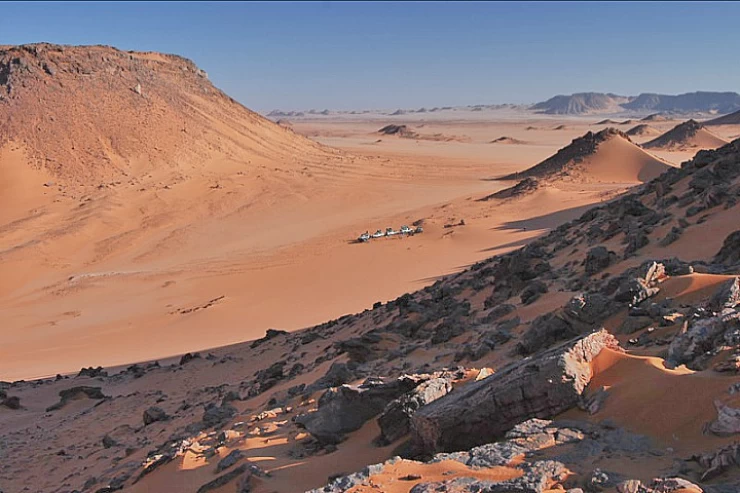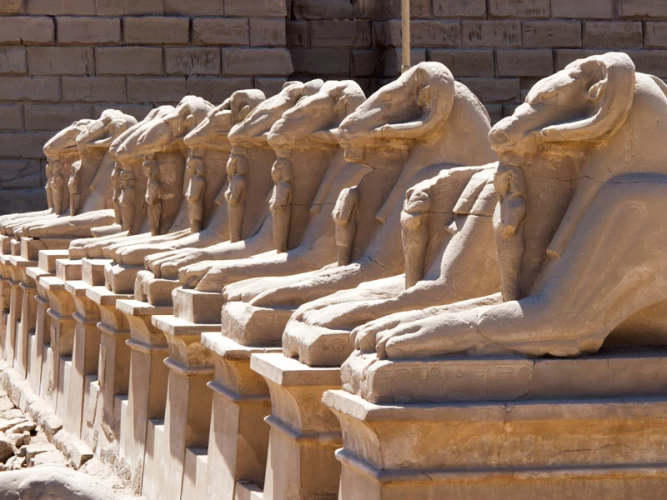
Wadi Silica Gilf El Kebir
Wadi Silica Golf El Kebir
The field of silica glass, located at the southern end of the Great Sand Sea in the Egyptian Western Desert and very close to the Libyan border, is a geological wonder, the only one in the world that contains amazing yellow-green pieces of jewelry.
The source of these materials is still unknown, and scientists believe that they are the result of the impact of a meteorite that fell in the past centuries, causing the sand to melt due to the intense heat. However, no hole was found to prove this theory. And the friction of glass with the air helps to refine it, the method used by the pharaohs in the manufacture of jewelry. And when visiting a field of silica glass, be sure to resist the urge to grab some of these gleaming bits of the desert. A sign that this field can be accessed via safari trips and tours to the Great Sand Sea. the silica area was full of it a phenomenon that is not repeated anywhere in the world, but it was robbed long ago.
Archeology and tourism experts accompanying the convoy agreed that Tutankhamun's necklace in his collection in the Egyptian Museum in Cairo was made of silica, which indicates that the pharaohs arrived in the area 3,000 years ago, but the nature reserves official said that the necklace may be made of precious stone and not silica.
And the theft of silica has been documented 150 years ago, Mahmoud Nour El-Din, the leader of the trip, says that some traders from Libya to Egypt had to change the itinerary of their trips to escape from the thieves and that one of them, Hajj Hussein, passed through the area before the mid-nineteenth century and his eyes fell on the silica, and he carried from it. To Cairo according to the book “The Paths and Kingdoms”, this merchant had taken with him a quantity of silica on his pilgrimage, and in Jeddah, the French consul who wrote the story in his diary in 1850 saw these rare stones and took part of them.

















